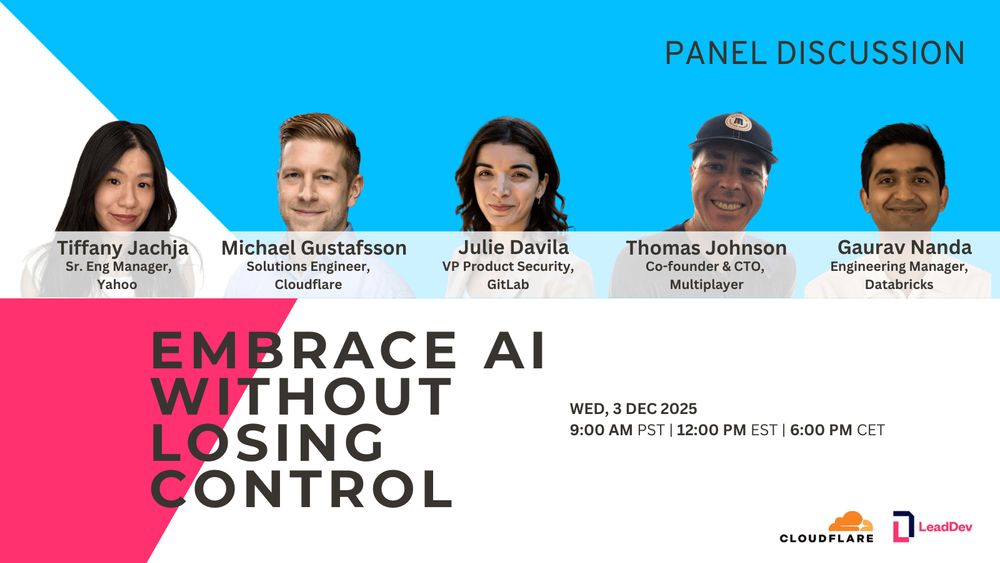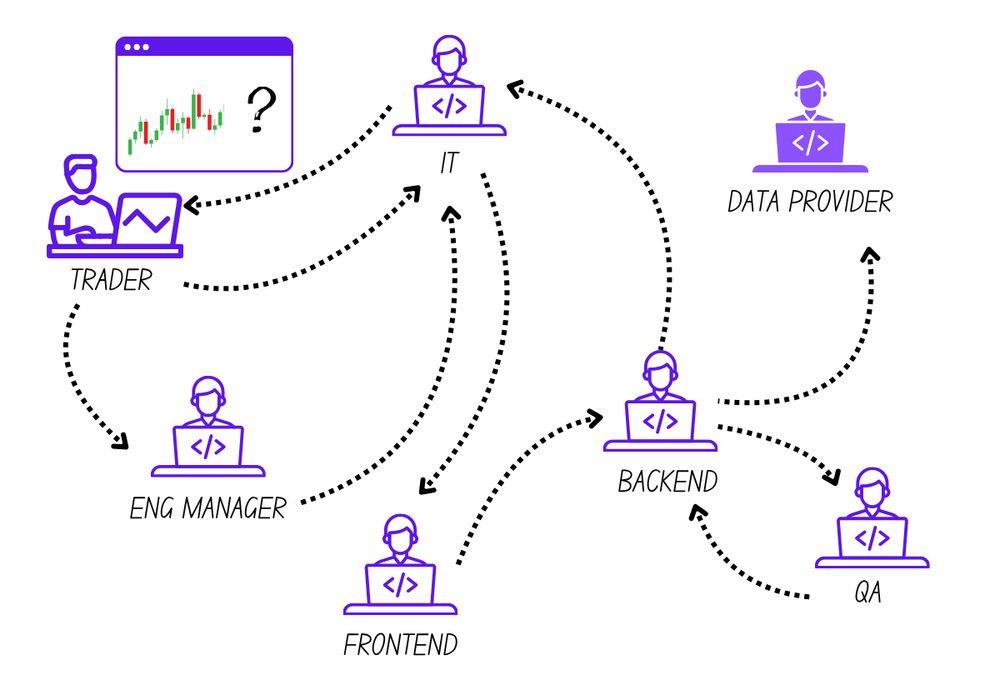
Start a free plan: https://go.multiplayer.app/
API docs have come a long way to help you understand your APIs… but they are still not enough.
Here’s how we got here 🧵👇

API docs have come a long way to help you understand your APIs… but they are still not enough.
Here’s how we got here 🧵👇
Pop into AI tool.
Get bug fix.
Repeat.
Pop into AI tool.
Get bug fix.
Repeat.
Automatic visibility into request/response content and headers from EVERY internal service call and external dependency.
Because nothing says "I care" like never having to ask "what did the API return?" again. 🎄
Automatic visibility into request/response content and headers from EVERY internal service call and external dependency.
Because nothing says "I care" like never having to ask "what did the API return?" again. 🎄

As CTO of a startup building with AI, I keep coming back to this question. I shared my thoughts in this LeadDev article 👇
leaddev.com/ai/are-smart...

Fixing the bug wasn’t even that hard, but finding all the right context was.

Fixing the bug wasn’t even that hard, but finding all the right context was.
We spent 2025 helping teams move from scattered signals to a single, complete timeline.
From user action to backend behavior.
Check out what we shipped in 2025 👇

We spent 2025 helping teams move from scattered signals to a single, complete timeline.
From user action to backend behavior.
Check out what we shipped in 2025 👇
🤖 VS Code extension: No more context switching between your IDE and the Multiplayer dashboard
📲 Mobile support: Comprehensive session recording capabilities for React Native applications
Let’s dive in 👇
🤖 VS Code extension: No more context switching between your IDE and the Multiplayer dashboard
📲 Mobile support: Comprehensive session recording capabilities for React Native applications
Let’s dive in 👇
*(Wait Time For Screenshot, of course)
*(Wait Time For Screenshot, of course)
This comparison highlights where each excels, and where @multiplayer.app is the only tool that provides full-stack data and cross-team collaboration capabilities out of the box
Check it out ➡️ medium.com/javascript-i...

This comparison highlights where each excels, and where @multiplayer.app is the only tool that provides full-stack data and cross-team collaboration capabilities out of the box
Check it out ➡️ medium.com/javascript-i...
✔️ Full-stack data
✔️ AI-ready
✔️ Multiple recording modes and install options
Full article: www.multiplayer.app/session-reco...

✔️ Full-stack data
✔️ AI-ready
✔️ Multiple recording modes and install options
Full article: www.multiplayer.app/session-reco...

Good thing Multiplayer caught it all: from the bug hatching to the suspicious logs hiding in the vents.
Good thing Multiplayer caught it all: from the bug hatching to the suspicious logs hiding in the vents.
That’s why we’re excited to see Tom joining this LeadDev panel with speakers from Cloudflare, GitLab, and Databricks.

That’s why we’re excited to see Tom joining this LeadDev panel with speakers from Cloudflare, GitLab, and Databricks.
... and why end-to-end context is becoming essential for modern engineering teams. 🙌
Only a few show you "why"
@multiplayer.app is the only tool that offers full-stack data and cross-team collaboration out of the box
See how it compares with LogRocket, Sentry, Datadog and FullStory
Read: medium.com/javascript-i...

... and why end-to-end context is becoming essential for modern engineering teams. 🙌
Teams adopt microservices for autonomy and scale, but unless the debugging workflow evolves with the architecture, you end up with more tools, more friction, and less clarity.

Teams adopt microservices for autonomy and scale, but unless the debugging workflow evolves with the architecture, you end up with more tools, more friction, and less clarity.
But modern distributed systems require more: you need immediate, surgical and complete visibility *across your stack* to fully understand system behavior.

Where traditional replay tools fall short (especially when debugging issues or reconstructing user journeys across systems) is exactly why we built Multiplayer the way we did.
For engineering teams that need deeper visibility there's Multiplayer.
dev.to/rohan_rajpal...

Where traditional replay tools fall short (especially when debugging issues or reconstructing user journeys across systems) is exactly why we built Multiplayer the way we did.
Multiplayer captures everything: frontend actions, backend traces, request/response from those hard-to-reach middle layers.👇
Multiplayer captures everything: frontend actions, backend traces, request/response from those hard-to-reach middle layers.👇
➡️ shorten the path from “it’s broken” to “we know why”
➡️ improve issue reporting with richer context
➡️ eliminate the marathon of back-and-forth that slows teams down
Internal tools don’t get the same love as customer-facing products, but the pain of debugging them is just as real.

➡️ shorten the path from “it’s broken” to “we know why”
➡️ improve issue reporting with richer context
➡️ eliminate the marathon of back-and-forth that slows teams down
They record everything: every click, every scroll, every user. And leave you digging through hours of noise to find a single clue.
They record everything: every click, every scroll, every user. And leave you digging through hours of noise to find a single clue.
Like a session recorder that actually shows you what happened end-to-end. Just saying. 👀
Like a session recorder that actually shows you what happened end-to-end. Just saying. 👀

You: [silently cries 😭] Sure. How hard can it be to chase down an intermittent error?
If you also have on-call stories like this 👇, it may be time to stop being a “human correlation engine".
You: [silently cries 😭] Sure. How hard can it be to chase down an intermittent error?
If you also have on-call stories like this 👇, it may be time to stop being a “human correlation engine".

